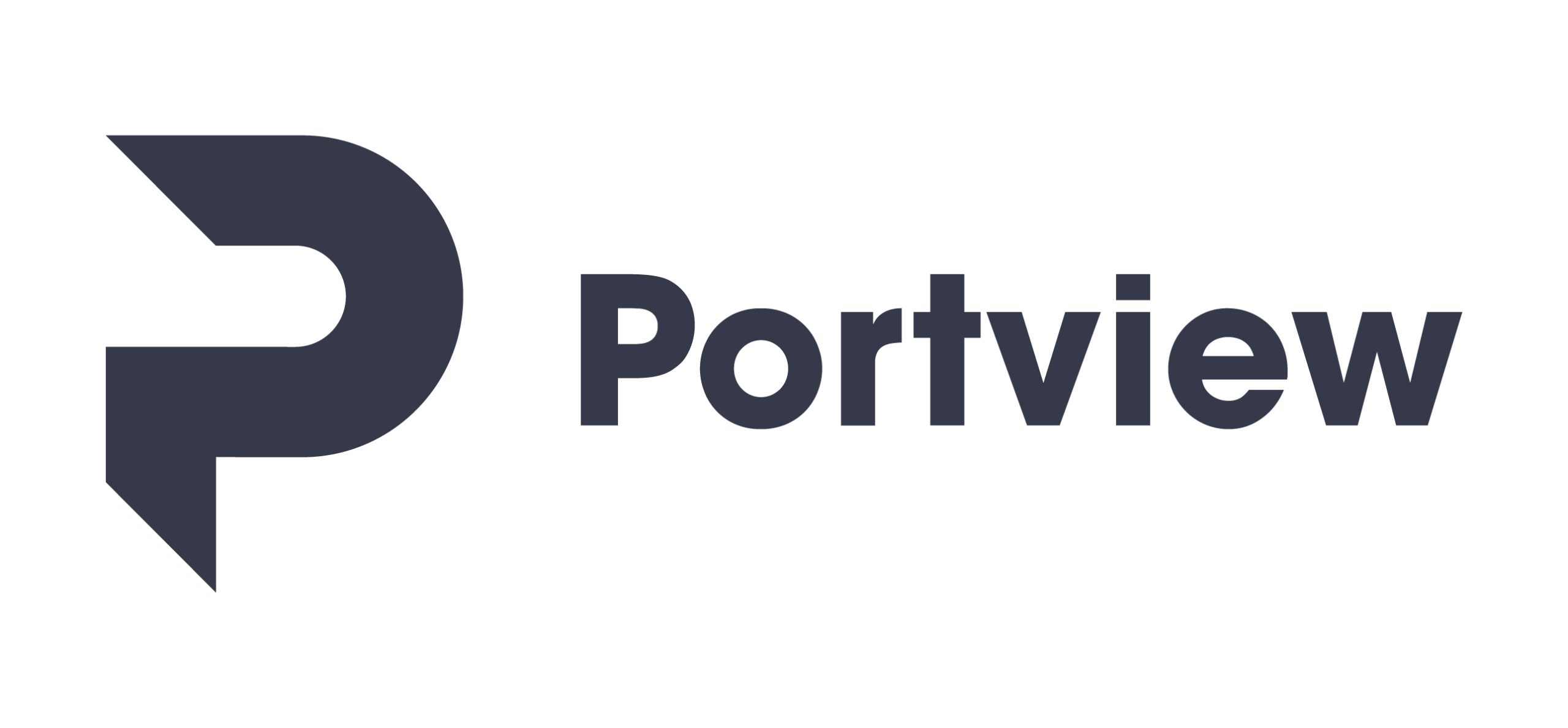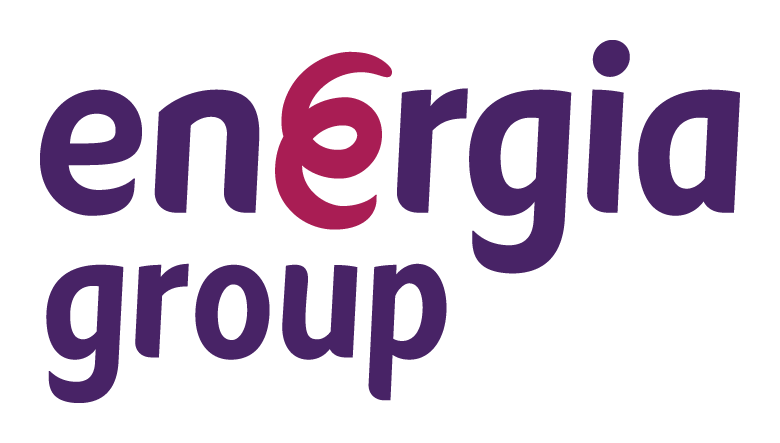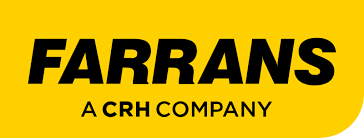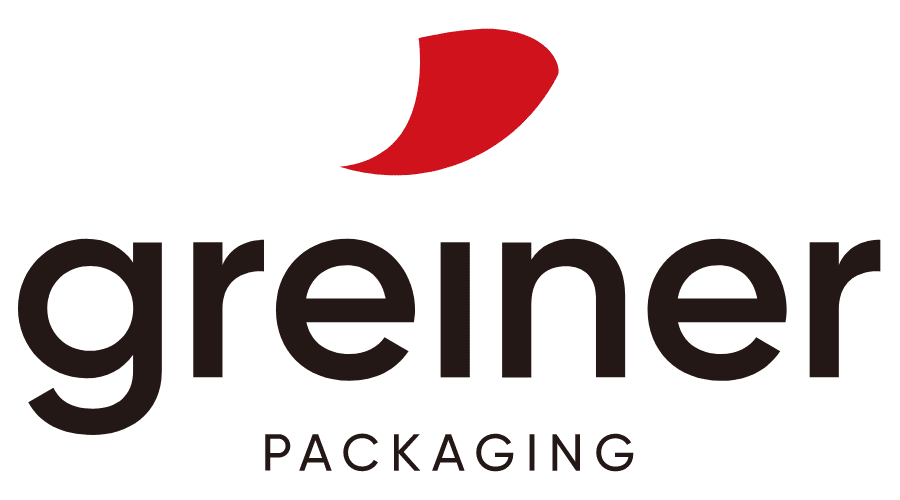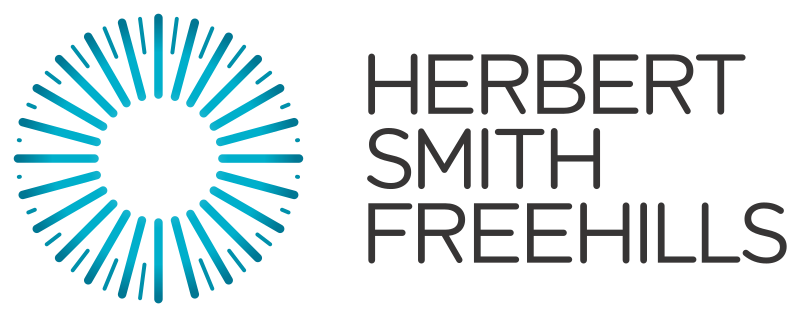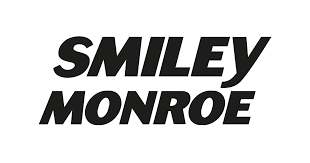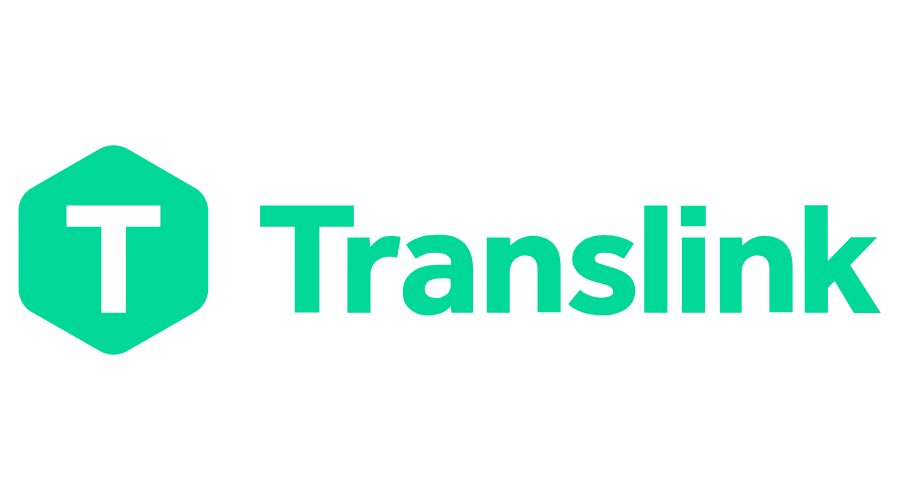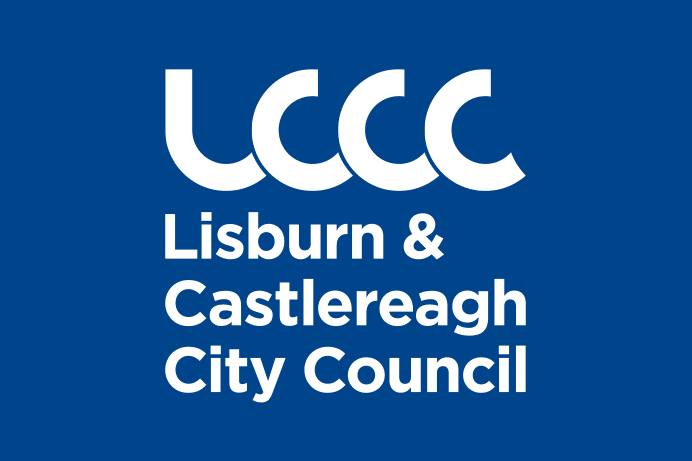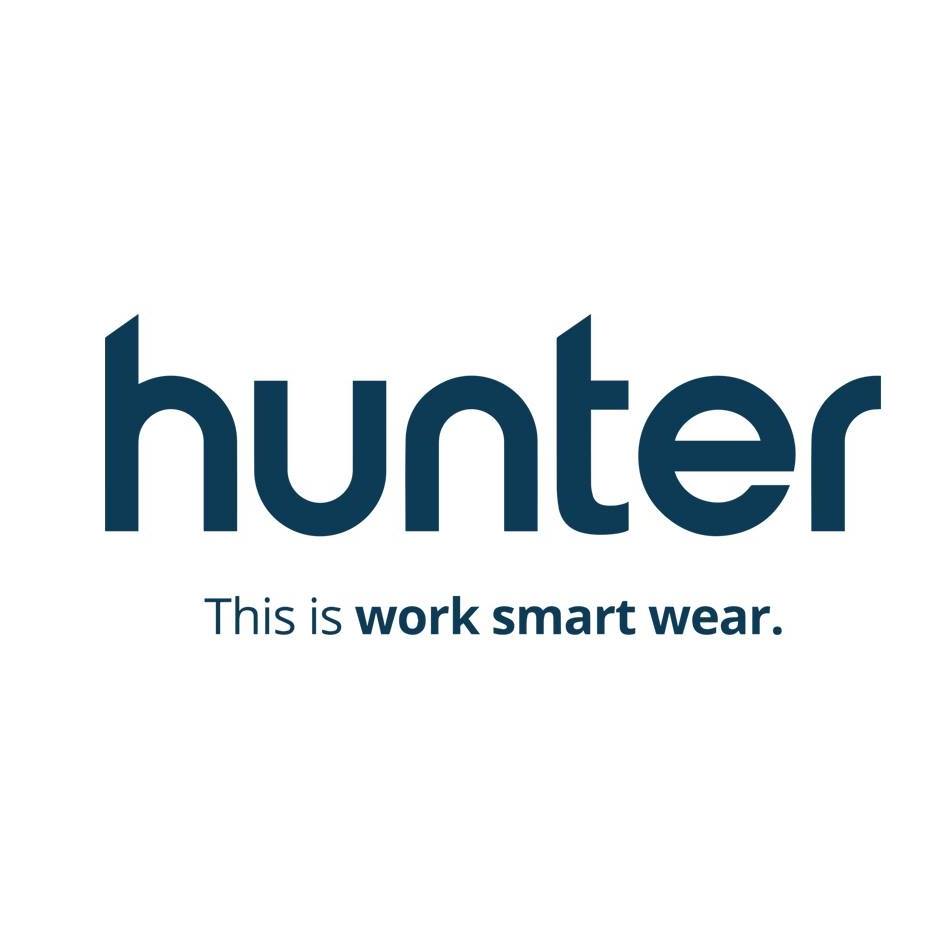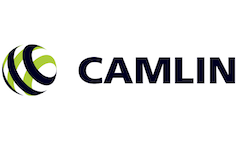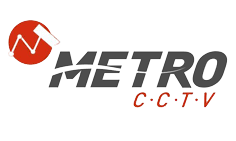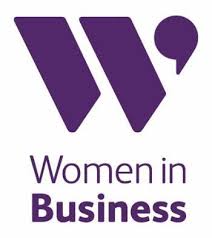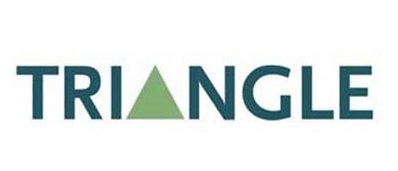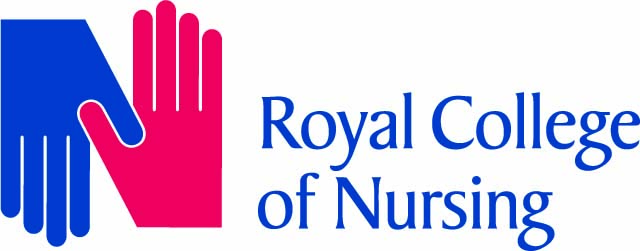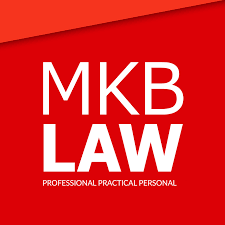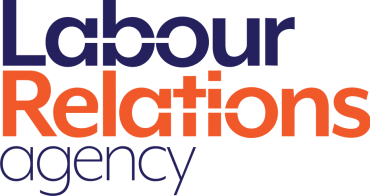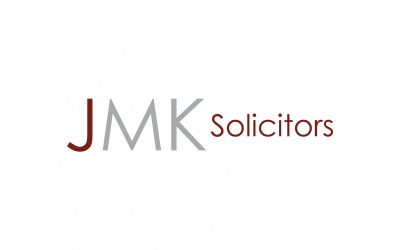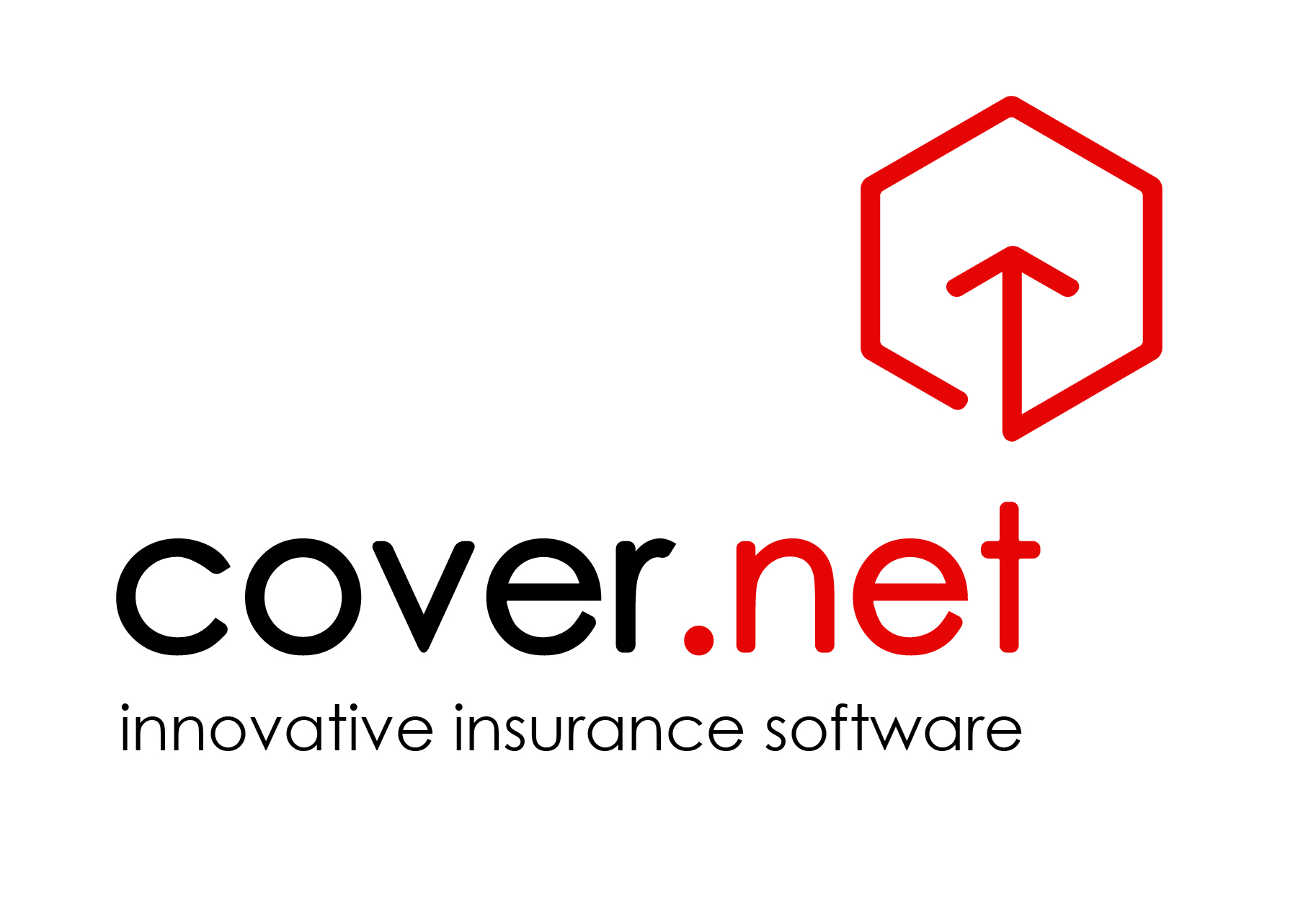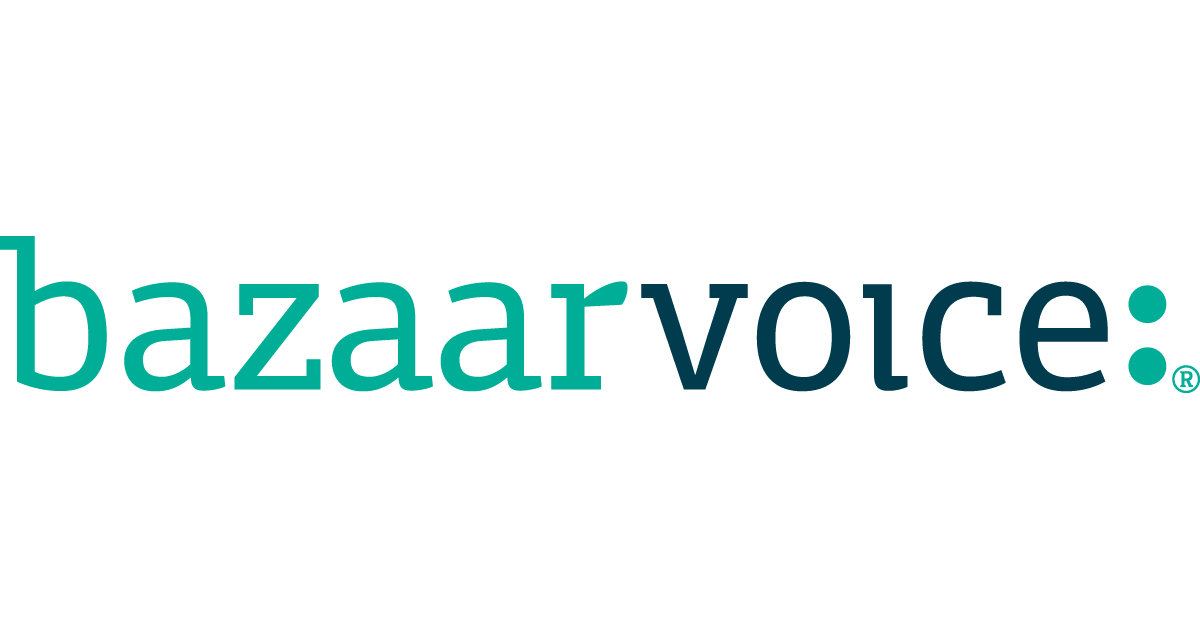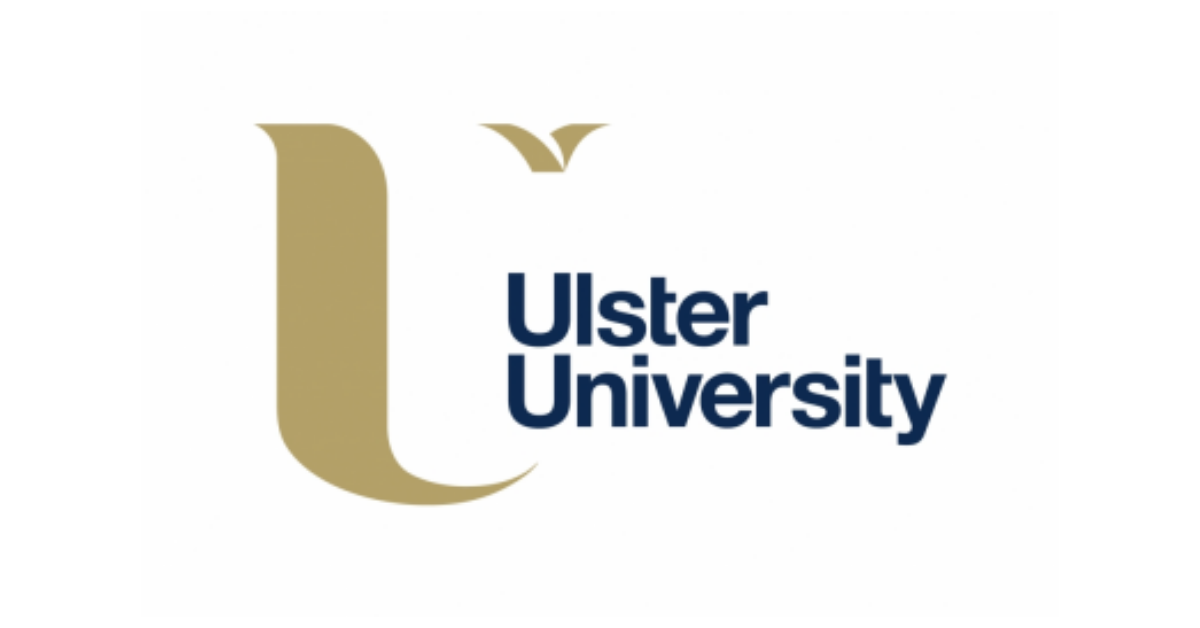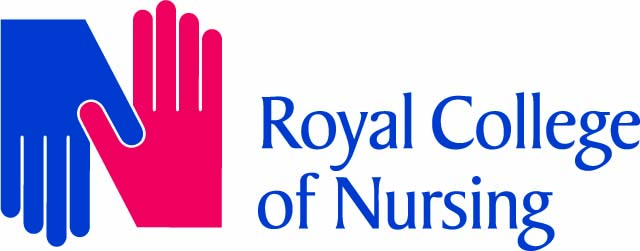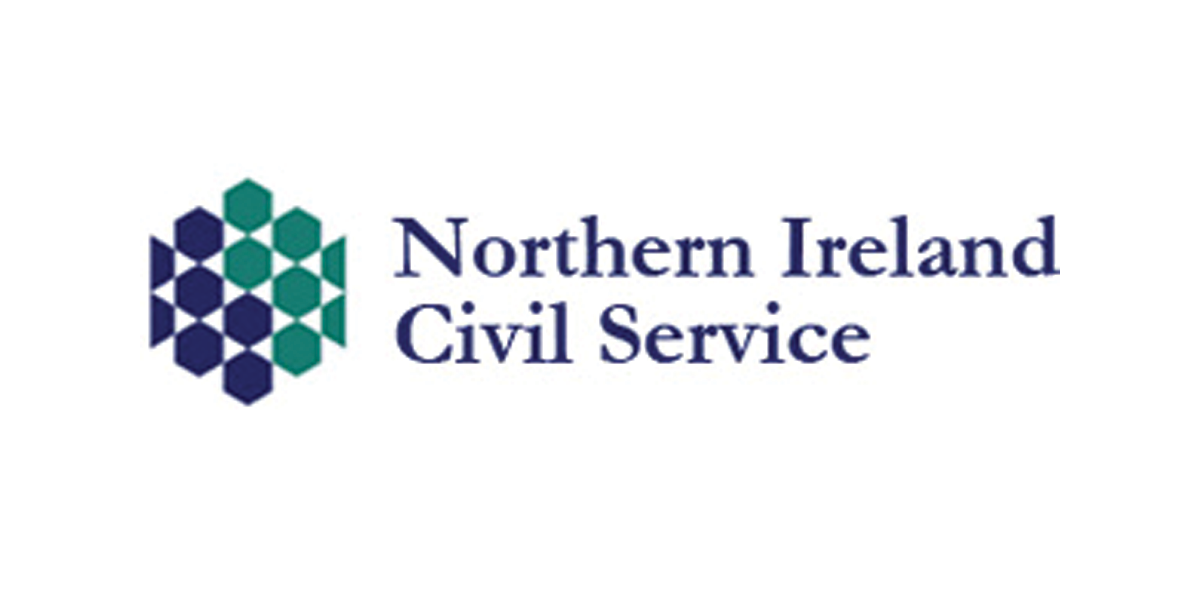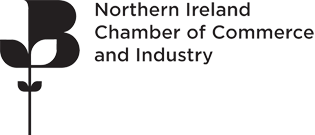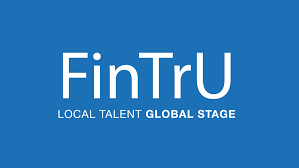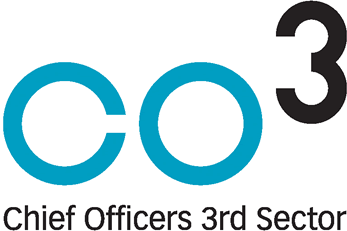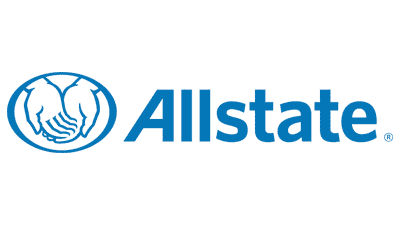How to give an online presentation
You’re now so used to Work From Home, it doesn’t cost you a thought to deliver an online presentation. In fact, you might even find it easier to control your nerves than when you present to a room full of people.
But if you’re like most people, you also find it much more difficult to stay focussed on an online presentation. I bet you find that there are too many distractions! So if you’re the speaker, how do you push yourself out of your comfort zone to TRY SOMETHING DIFFERENT to grab your audience’s attention?
Here’s an event run by Bespoke Communications to show you how! Grab a coffee, sit back and find out the three things you need to know when you give an online presentation.
How to give an online presentation for influence and engagement Transcript
Take out a piece of paper and jot down across the top of that page what is the next presentation that you’re going to give and throughout the session today, I will take a look at a number of approaches, devices and opportunities for you to perhaps change the way that you think about that presentation. I will ask you what that takeaway is at the end of the session. You can connect with me on social media as well. My LinkedIn profile name is up there; my own name and @bespoke_comms is where you’ll find us on Twitter.
So, take a moment and jot that presentation topic down on a page. Over the course of the next 25 minutes or so, I will talk to you about how you make a great first impression in your online presentation; how you can make an unforgettable connection with your audience; some advice on how you can build your own personal credibility and authority every time you speak. At the end of my session today, I will follow up with a Q&A, so there will be an opportunity for you to ask your burning questions. And do pop them up on the chat as we go along and I’ll be delighted to answer them.
So, until last Saturday night, I had never played bingo in my entire life. My experience of bingo was limited to what I saw of, any of you that are Breaking Bad fans or Better Call Saul fans will remember how Jimmy McGill charmed his nursing home clients as the bingo host with the most. Well, last Saturday night for something different, five of my closest friends and I attended Drag Bingo. So, I now know how to play bingo and I’d like to start off today’s session with a little game of bingo for you. So, underneath that presentation title, the one that you wrote down, I’d like to you to award yourself a score as I go through each one of these points.
This is really about the neuroscience of first impressions. I’ve worked with chief executives, with senior civil servants, with experts in what they do, to help them appear on panels, on media interviews all since lockdown has begun and we’re doing that from home. We’re not going out and we’re not facing audiences anymore. We’re not standing in front of journalists anymore. We’re presenting from home, so over the course of this little chunk of my presentation, this is really advice and tips and ideas that my clients have given me to help them to recreate that great first impression, like when you first pop up on the camera on somebody’s screen.
So, first things first, where is your laptop screen positioned? Now, this is how my laptop sits most of the time when I’m running my zoom sessions and the reason for the slight elevation to where my laptop is, is that otherwise, this is the view of their counterparts that my kids fondly call the nostril shot. If your laptop is down a little bit too low, you’re giving your audience a beautiful view of your nasal hair. Or, alternatively, if the laptop screen is tilted back, they’re seeing a whole heck of a lot of your lovely ceiling; that’s the one that I personally fondly refer to as the egg cup shot because it does just remind me of the top of that egg popping out over the eggcup. So, if your laptop is a little bit too low or a little bit too high, adjust it there and if it’s not, award yourself one point. This pretty much is the professional setup that I’m presenting to you from today. I’ve decided today I’m going to stand up, so I just needed to find a plastic box around the house to elevate my laptop even a little bit more. And this, actually, for those of you who are joining me from the Republic of Ireland, you will probably be familiar with the dulcet tones of Stephen Kinsella, leading economist. He’s interviewed on RTE news all the time for his opinion on current events and who knew that when Steven is appearing on that RTE screen on the main Evening News bulletin, that actually he’s delivering to you from his ironing board in his front room. There’s a lesson for us all there!
And here’s the other thing: are you somebody who does this when you’re on your zoom calls? You’re right up against your counterparts or maybe you’re just really way too far back here and they can’t even see you or hear you. Generally, to get that nice medium close up, so imagine that you’re perhaps a TV anchor on the Evening News; to get that nice framed shot, you probably need to be looking to be about 3 feet away from your screen and you know, that’s hard to remember, so I always think that’s about two cornflakes boxes back from your screen. And here’s the thing; if you’re on your laptop, that just feels unnatural because your keyboard is way out here, so you do need to push it back just a little bit and you know what, if that’s a thing, if you’re going to need to use your keyboard whilst you’re presenting, well then maybe invest in an external USB keyboard. Give yourself one point, if you’re a fan of framing yourself up in that nice medium close-up.
Light source. I think at this stage we’re all aware that the light is your friend. Position yourself in front of the window, so that you’re not appearing in silhouette. If the light source is behind you, it’s competing with the camera and you just can’t see your eyes. Here’s a top tip that I was given by a leading news anchor; if they can’t see your eyes, they don’t trust you. So, if you’re somebody who’s aware of that light, give yourself one point. This is something that happens a lot in the late evening, I see it, if you’ve got Venetian blinds in your office. Just watch that you’re not rocking the prisoner look – those stripes across your face, you know, a little bit less appealing, so maybe the Venetian blinds need to go up a little bit higher. It’s one that I have seen. And the other one that comes up quite a bit is, especially as the evening light starts to come in, you might be presenting from your amazing designer office, the one that you’ve spent a fortune making look amazing but those fluorescent lights in offices, the frequency that they give out their light with just doesn’t work with the 30 frames per second that zoom gives you. So, you kind of have a bit of a strobe effect going on. So, actually, if you are presenting from your office and you do have those fluorescent lights, switch them off at the main switch and this is where you need to invest in a bit of a lighting kit, so that that fluorescent light isn’t there; instead, you’ve got those LEDs on your face. Or better still, sit in front of the window, if that’s at all possible. Those lights are your friend and it really does help to build up the trust. This is my home office and this is the set-up that I use.
Bandwidth. Broadband. This is my £5 life-saver when lockdown hit. This is a 10 metre Ethernet cable that I bought off the internet and the reason why I did that, was that the Wi-Fi in my house was absolutely terrible with televisions, mobile phones, microwaves, all of those electronic devices around the house. The interference on the Wi-Fi was just awful; as soon as I moved away from the main router by any distance at all my broadband just dropped. You really do need, if you go on speedtest.net, you really do need 2 1/2 mb per second for a decent video call and you need a ping of around about 30 milliseconds. Don’t worry if these terms mean nothing to you; when you go on speedtest that’s all it gives you; it gives you your upload and download and your ping and really all you need to know about there is, if you see anything above 2 1/2 and anything less than 30, you’re fine; mine were a complete disaster, so I bought a big long Ethernet cable, took out the safety tape and stuck it to the skirting board and that meant that I could move away from sitting right on top of my router whenever I did my calls. Connecting it up with the cable just means you don’t get that Wi-Fi interference. If it’s a thing but that means that suddenly you find yourself broadcasting from a broom cupboard and that is the reality if your router is all the way over there by the front door and you need to be close to the router. You might find yourself with not such a nice background. In that case, turn on the lights and get your virtual background going; once you’ve got really strong lights coming through, your virtual background will look absolutely great and no-one will be any the wiser.
Next thing to think about is your audio. People will actually tolerate, you know, if you don’t look so great but if your audio is poor, that’s when they switch off in their droves. So, if you have made this investment in an external mic – this is my external mic- it’s a blue Yeti. There are some great Rode ones available too, all about the £100 mark. My first few webinars I sounded like I was underneath the ocean. The audio quality from that external built-in mic in your laptop is just not great. This is what I did in the summertime. I broadcasted a lot from my hallway; there’s a fabulous huge big window in my hall and the natural light came flooding in. I really looked a million dollars actually – that natural light is your friend; I looked at least 10 years younger! So, I parked myself in that hall and made sure that I soaked up every single last ray of sunshine but the problem with the hall was that it was really echoey. So, I grabbed every cushion in the house and placed it around me to try and absorb and damp down the sound.
Next up, where do you look when you’re presenting? When you’ve got an online presentation are you over here looking at everybody’s little window? Are you looking at yourself? Fixing your hair? Really where you need to be looking is down the barrel of that camera because then you’re looking your audience in the eye. If that’s you, give yourself one point. And, you know, if you’re in the middle of the sales pitch of a lifetime, bring your entire team and let them do the body language reading bit whilst you’re presenting and, likewise you do the same for them. You’ll be able to spot that raised eyebrow, that smile when you said something; you’ll be able to try and read the room that way but unfortunately, unlike in a live sales pitch, you don’t have the luxury of looking at your counterpart as you’re pitching them as you do in real life. You’ve really got to give them the eye contact for them to feel like you’re connecting with them. If you are seated for your online presentations, just watch those chairs with casters you can kind of find yourself doing this quite a lot; it’s a small bit distracting. The other thing that gets me, I don’t have too much jingly jangly jewellery but, very often, on my sleeve of my jacket, I find that I’ve got buttons and that ends up tapping off the table and interferes with the microphone a little bit. So just watching any of those distractions that might just interfere with your mic – try and keep them to a minimum. Keeping too, d’you know what, giving Zoom as much as much fuel as you possibly an. Switch absolutely everything else off other than your zoom and your PowerPoint to make sure that all of the processor power can be dedicated to sending that video out over the Internet. Give yourself a point if that’s something that you do.
And one thing to consider before we finish this section is the pace of your delivery. Very often, especially if you’re feeling a little bit nervous or anxious, as indeed I was today, we can start our presentation and take off like the proverbial hare when really it is about being a little bit more tortoise. Whilst that’s important in a live face-to-face event, it’s absolutely critical in an online event because your participants’ broadband is potentially in and out, they’re missing out on little chunks of what it is that you’re saying. If you’re going off at a hundred miles an hour, they just will never manage to keep up with you. And bing, they’ll just click leave meeting. So watch the pace as much as you possibly can and you know if you do get excited, and this is me all over, sometimes I get super passionate about what it is that I’m talking about, I need to recognise that I’ve just taken off far too fast and I stick in a nice strategic pause; it’s just about having the confidence to insert that little beat into your presentation so that your audience has time to catch up with where you’re at. That expression in your voice is really, really important. If you deliver your presentation in a monotone… Look, for your audience to care, they have to know that you care, and if you’re delivering in this flat monotone voice, how are they ever supposed to get excited about what it is that you’re presenting? So putting that expression in your voice, using your voice, I would think it’s like using your voice like a highlighter marker, so your voice should really be highlighting the parts of your presentation that your audience needs to listen to. There’s a brilliant Ted talk that can help you with this; Julian Treasure “How to speak so that people want to listen”. It’s been watched about 40 million times and in there there’s six vocal exercises that I did today before I came online with you! That will help you to warm up your voice before any presentation.
So, your vocal tone. Is this you? Do you slow down? Do you breathe before you get online and breathe as if breathing is your friend and getting that big smile on your face. So even if you’re feeling completely anxious and nervous, fake it till you make it and get that smile across your face to make that connection with your audience. Give yourself a point for that one.
And, finally, one last point on your slides and, if this is you, if you just love the text, can I say please ditch it. There is a very strong possibility that your audience is tuning in to your presentation on a tiny little phone screen and they’re not going to be able to read a word of that fabulous stuff that you’ve scripted up and popped all over your slides, so images, images, images. I think, look to the TV news; that’s if you can bear to watch the news at the moment; but look to the TV news and look at how they graphically present all of their news segments. Be more TV news, use the images, ditch the text. Give yourself a point if that’s you.
So, look, thank you. Thanks to Marcus Hunter-Neill and his lady Portia bingo, I know what I’m doing with the bingo sessions! So if you have got yourself five or more points you’ve got a full line and that’s deserving of a prize but, for the purposes of today’s bingo, if you have got yourself two lines that is a full house! Now, I didn’t really think about prizes before I came along today. On Saturday night, our prizes were a pot of soup but I don’t think I’ll inflict that on you! So instead, let me give you access to my resources on webinar structures that work because running a webinar – it’s just a little bit different to running that presentation that I’m talking about today. So let me give you a little bit of advice on that one. So if that’s you, pop yourself up on the chat and I will be delighted to send that on to you.
So, once you’ve thought about the neuroscience and you’ve thought about that initial impression that you’re creating, the next thing that we really need to look at is that connection. After all, that’s why you’re here. If you weren’t here to make a connection with your audience, well, you know what, you might as well just zip up the slides and email them over to them. So your audience really needs to connect with your presentation emotionally, as well as rationally. In other words, for them to do something about it, they need to feel something as well as know that it makes sense. The behavioural scientists call feeling a form of thinking. So how can you make that connection? Well, let’s look at the opening part of your presentation. For so many people, when I work with them on their presentations, they tell me “how am I meant to make anybody feel anything about the monthly health and safety briefing?” or “I’m the company accountant and all I have to do is present the figures to them, how do I make them feel something about that?” Well let’s just imagine you’re sitting in your monthly meeting and the next speaker is about to enter the waiting room and they’re introduced, they introduce themselves and they stand up and they tell you “Hi my name is Eileen and I’m about to present the Q4 financials to you. Look, maybe you’re the chief executive, maybe the head of sales, maybe those financials are absolutely critical to you to do your job but for most of us, myself included, the numbers don’t tend to be the thing that lights up my world, so how about introducing that with some insights into what the numbers are actually going to show, so how much better would you feel about listening to somebody who introduced themselves along the lines of “Hi, well, today everybody’s worked exceptionally hard over the course of the last year and the Q4 financials reflect a lot of hard work on that huge bounce back from the tough times that we had earlier in the year due to lockdown but you know, hidden in those numbers within the Q4 numbers, the most surprising thing was that… 60% of our purchases were made by men over the age of 40, for example…” give them a little reveal, pique their curiosity, give them a reason to tune into your figures and listen to it in a different way. I’m not giving you anything earth shattering there. I’ve just given you a little hook, as for why you should connect with what it is that I’m saying. So, look, that’s the first thing that you can think about to open your presentation; a startling statistic, an inexorable trend in the marketplace, something surprising from your lived experience. So that company accountant was able to dig through the numbers and find a story. Is there something in your health and safety briefing, in your standard presentation, that only you know, that you can reveal to your colleagues to get them to listen to your presentation in a different way, so the statistic is a good way to open your presentation. Another great way to open a presentation? What am I doing right now? It’s rhetorical because you’re all on mute but I’m asking a question and here’s a top tip for those of you that are introverts like me – as a child I suffered from crippling social anxiety – throwing a question at your audience is a great way to take the pressure off yourself. After all, your presentation is all about your audience. Think about a question as a way to hook them in. Ask them something. Get them thinking about your topic and then off you go with your expertise.
And the final thing to make that connection and something that actually has not come up once in today’s presentation and probably, when it comes to work presentations it’s the most overlooked tool in everybody’s arsenal but it’s actually the beginning and the end of every presentation that you will give…. And that’s the story. So have you got a story that encapsulates the meaning of your presentation? Have you got a story that can absolutely demonstrate to your audience what your presentation is all about? So, very often, you’ll find yourself when you present competing for a slice of your audience’s pie. Maybe their time; it may be resources that they have under control; it may be simply their attention for the duration of your presentation. And I have a great Story here that comes from Stephen Covey’s book, The 8th Habit. He talked about a head of HR who recognised there was a massive problem with staff engagement within his company and he wanted to secure board backing for an initiative to turn that around. It was affecting retention numbers, it was affecting productivity, it was affecting the custome.. it was affecting everything, was affecting the customer experience; it really was a big, big challenge for the company. But he knew that the board was going to find it hard to buy in to something nebulous and hard to pin down, something that really isn’t so concrete as employee engagement. So he decided to go out and gather hard evidence and what came back was a devastating picture. “Just 37% of employees have a clear understanding of what our organisation is trying to achieve and why”; “only 20% trust this organisation” and “only one in five is enthusiastic about this organisation’s goals”. A pretty stark picture, I think you’ll agree. And this is where the rational business case was going to come from. But he went one step further and, knowing the board as he did and knowing the love of football that a great number of people on that board had (I’ve got an image up here of West Ham that just happens to be our poison in this house, I don’t know who you follow, it could be any football team) but instead he couched the results of his survey in terms of the West Ham football team. And what he said was really thinking about that starting 11. If our company was the West Ham starting eleven well then, only four players would even know which goal posts were theirs; a full nine players on that team would be competing against themselves and actually, most devastating of all, only two players would even care that we win! So he took that fabulous story, took the West Ham metaphor, the soccer metaphor and put it all the way through his presentation, makes an emotional connection with his audience and helps them to understand in no uncertain terms how important his initiative is going to be for the future of that company. So look, three things there – a startling statistic, a question or a story. That will help you to make a connection all day long. And before I finish up can I talk a little bit about one top tip on how you can build your authority in your next presentation. There’s always a balance between authority and approachability. Of course your audience wants to know that they can trust you. Of course you need to seem approachable. For those of us that struggle a little bit with building our credibility and owning it – well, can I ask you to eliminate this word from your vocabulary: “I’m just the sales administrator”; “I only look after the UK and Ireland”; “here in my team we just develop the front end, it was the DevOps team that did all the heavy lifting”. Straight away, those dimishers take away the power of your accomplishments. What’s the difference between “I just administer the lean programme” and “I administer the lean programme that achieved £300,000 worth of savings for this company last year”? Are you bragging? Absolutely not. It’s simply a statement of fact but it’s done in a way that builds your authority. So, do yourself a favour and take those diminishers, cast them away and never henceforth never use them! In fact, if you’re here as a member of your team, I would love you to back one another, support one another and call one another out when you hear these words being used because we use them far more frequently than we could ever imagine. Ditch the just; ditch the only; and just own it. See I used that word! I used the just… we do use it all the time.
So, look, going back to that presentation that I asked you to write across the top of your page. I’d love you to reflect for a few seconds before I love you and leave you; before we come to the end of our session today, I’d love to ask you what is the one thing that you will change about that presentation. You came along knowing that you had to give that presentation, it’s written across the top of your page. Out of everything that I’ve said today, what is the one thing that you will do differently for that presentation. You can connect with me on social to tell me what that is; you can pop it up on the chat right now if you wish to but I would really love to know what your takeaway was from today’s session. And you know, over the years, I’ve worked with thousands of public speakers and I found that your success as a public speaker and presenter comes down to three things; first thing is your mindset, you know, the belief and the knowledge that you can do it; secondly are a technical toolbox of skills that you can absorb and make your own for your own authentic presentation; no carbon copies, no clones, no prescriptions here. More like some good, solid, technical advice that you can then absorb into your repertoire your way; and the final thing is the habits and the discipline to make sure that your best self shows up on the day. Now you can do all of these things by yourself. If you don’t already follow me on LinkedIn I’d love to ask you to connect with me personally and also connect with my company page, Bespoke Communications because we post every week, advice that we get from the work that we do with our clients, tips and tricks; not so many tricks, really; tips and advice, hard-earned and solid advice that has an evidence basis to help you to become a better presenter.
Now if you think that, actually, expert external facilitation and the accountability that regular sessions will bring might help you on your public speaking journey, well I’d like to introduce you to Speakeasy club. Over the years the Bespoke Communication’s Speakeasy club has helped hundreds of people to win promotions at work, to land huge global clients for their business, to become known as thought leaders in their industry, to motivate people in their communities to make huge life changes. It’s been a wonderful, wonderful initiative that Sarah and I have run at Bespoke Communications over the years and today I’m announcing that we are moving the Speakeasy club online. So, this will be a club that will meet once a week for one hour. It will give you the ability to build up your skills week on week over 12 weeks, over three months, in a small group of just 10 like-minded people, all there committed to their public speaking journey; that gives you an audience and a low risk environment to try out your new skills; and every week you’ll be given a new technical skill to absorb and make your own with weekly challenges that will be put in front of you and I’ll help you to build those daily habits that will help to make you an amazing public speaker. In total on this programme you get 14 hours of personal coaching by me and this comes at a fee request of £200 per month but the good news is that because you’ve come along today, for the first 10 people who get back to me, you can connect with me by direct message on LinkedIn or you can email hello@bespokecomms.net, for the first 10 people, this programme will be available to you for £100 per month. It starts in the middle of February and goes once per week for three months and that is discounted by 50% to the first 10 people to get back to me at £100 per month.
So, thank you for your time today, it’s been my privilege to have you with me. Eileen, thank you so much for your support and your help. I did promise you that we would wrap up around about the 30-minute mark, so we’ve run over by about 2-3 minutes. If you need to be somewhere else it’s been my pleasure to have your company today, I hope that we meet again. Otherwise do stick around and I’ll be delighted to answer any burning questions that you might have.
If you've enjoyed reading about Presentation Skills then you might be interested in attending a course.
